This post may contain affiliate links. Please read our disclosure policy.
A simple DIY for how to make whole grain Rye Flour at home from rye berries – a wheat flour alternative that is packed with healthy vitamins, minerals, antioxidants, and fiber!
I’m in the process of making my way through a long list of homemade flours, towards healthier, tastier baked goods. Today is the turn of wholesome whole grain rye flour (also called rye meal). Within this post I’ll take you through a little background information: what is rye, is rye flour gluten free, and how to make rye flour at home simply with some rye berries (grain).
I know for some, making your own flour might seem a little ‘extra’- but I can’t tell you how amazing I’ve found it to be for improving flavor of dishes. Homemade freshly ground flours are amazing to work with, and often, far more cost-effective than store-bought options, with less processing.
As you’ll see in this post, there are quite a few different varieties of rye flour and not a lot of clear labeling between them all. This DIY will show you how to make whole grain homemade rye flour (also called pumpernickel flour), using the whole berries. This resulting flour is incredibly powerful for making a rye sourdough starter, as a bread flour, and for other baked goods.
What Is Rye ?
Rye is a cereal grain which looks like wheat (but longer and more slender) and has been traced back over 2000 years. However, originally it seems that rye was largely a food for the poor – a ‘poverty grain’. In more recent days, we’re starting to see it appear more on the shelves, and is beloved in rye breads and other baked goods.
Rye is closely associated with wheat and barley, however with a number of differences.
Because of the difficulty in separating the germ and bran from the endosperm, this means that most rye flours retain lots of their nutrients. Especially in comparison to refined wheat flours. In fact, a 1/3 cup serving of the flour contains 63% of the daily recommended manganese, 30% fiber, 26% phosphorus, 22% copper, etc. It also has a higher lysine content than wheat flour too.
It is also the only flour that you don’t need to blend with wheat flour to make yeast-risen breads.
There is some confusion when it comes to rye flour. In the fact that there are multiple varieties, and they aren’t always clearly labelled, so you don’t know what you’re getting. The main varieties are chop, meal, light flour, medium flour, and dark flour. I’ll take you through the differences below, but first…
Is Rye Flour Gluten-Free?
Nope. Some people initially think it may be – just because it sounds like it, I suppose. However, rye flour does contain gluten and isn’t safe for those consuming a gluten-free diet. Some dark rye flours actually contain a gluten content as high as 16% – although a different type of gluten to that found in wheat, called ‘gliadin’.
This gluten changes the way it interacts when making dough, as the ‘elasticity’ found in normal gluten doughs is missing, resulting in baked goods that don’t hold onto the gas made during fermentation. This, ultimately, results in smaller, more compact, denser loaves.
The Different Varieties
I have to admit, I’m definitely no expert – but I have picked up a few tidbits of knowledge from a lot of research. As I mentioned above, rye flours can vary from meal to white, medium, and dark. But what does this actually mean?
Well, the main differences between them are usually the amount of bran left in the flour after it has been processed and sifted. The more remaining bran, the darker the color – which also means more nutrients and stronger flavor and textural difference.
For example, rye berries are the whole kernels. The rye growing in the field actually contains an inedible hull, which is first removed. The remaining kernel is made up of 80-85% starchy endosperm, 2-3% germ, and 10-15% outer bran layer.
Rye Meal: (also called whole grain rye flour and pumpernickel flour) contains the bran, germ, and endosperm of the kernel and can be ground to different coarseness levels.
Dark Rye Flour: To some, this is also a 100% whole grain flour. However, for many it is the flour containing just the outer layers of the endosperm and bran.
Medium: This flour is not whole grain, consisting of the kernels with the bran and shorts are removed (although some research I did showed this may have some bran in too). It is a light grey color, often used in sourdough bread.
Light rye & White: This flour is made using the center of the rye kernels. This flour is low in protein, and higher in starch content and can be used for lighter bread. This flour is sometimes bleached too – or has had a chlorine treatment.
It’s quite confusing because there just doesn’t seem to be a lot of standardization of the names used for the different varieties. The labelling is often inconsistent – but that’s another reason I love making my flour at home. That way, I know exactly what is inside it and what processes I use.
The Nutrition & Health Benefits
If I were to list each and every health benefit of rye then I’d be here for hours and hours. So instead, I’ll give you the ‘highlights’.
First, let’s look at the macro values of the flour: 13% protein, 80% carbs, and 7% fats. These numbers have varied slightly depending on where I’ve looked. This flour is also intermediate on the Glycemic Index (56-59) and is high in dietary fiber.
Rye is an excellent source of several vitamins and minerals, as well as containing lots of fiber to keep our energy levels up, and full for longer. It also contains very few calories in comparison to many other grains.
Rye’s high fiber content can promote weight management, prevent gallstones, whole grains in general are great for reducing the risk of getting type 2 diabetes, and in dealing with diabetes, not to mention that fiber is good for aiding heart and gastrointestinal health. Research also shows that it has anti-cancer properties equal to or even higher than that of fruits and veggies.
I’ve even heard that it contains lignans that can lessen the effect of menopause symptoms in women – such as hot flashes. For more information on the grain (and tons of it), then check out this article.
Some Additional Notes:
As I was researching, I also came across a lot of useful information that I wanted to include ‘somewhere’, but don’t necessarily have it fit into any neat category, so:
- The age of the flour is actually important when making bread. One source states that rye flour has a ‘best after’ date, as well as the usual BB. For rye, it’s around 3 weeks.
- Rye is actually good for the environment – as it has no impact on animals, even indirect harm by chemicals. Plus, it is environmentally sustainable, with low destruction levels.
- It is one of the ingredients you can use to make a rye whiskey.
How To Make Rye Flour
The process for making homemade rye flour couldn’t be any simpler – grind, sift, repeat.
Needed:
- Rye grains (rye berries)
Steps:
Place the rye berries in a blender or seed grinder.
Then just grind.
Sieve the powder to collect larger bits. Grind them again. You may need to do this a third time, but not usually.
If using a blender then let it run for 40-50 seconds non-stop then sieve and re-blend the larger pieces. When using a blender you will need at least 2-3 cups of the grain, to properly work and cover the blade.
Transfer to an airtight jar. Whole grain flour won’t last as long as version without the whole grain. Keep it in an airtight container (very important!) in the fridge for 3-4 months. You can also keep it in the freezer for around 6 months.
The cold air will slow down the oxidation process, stopping the four from turning rancid too soon. You’ll know when it has gone rancid as it will smell unpleasant.
You can then use the flour in place of wheat for a number of recipes: muffins, bread, pancakes, etc. Plus, if you have any leftover rye berries – Cook them up as a rice alternative!
Other DIY’s You May like:
- How To Make Chickpea Flour
- 5-Seed DIY Vegan Protein Powder / Blend
- Simple Green Pea Powder
- How to make Turmeric powder at home
- How to Make Lentil Flour
I’ll be adding more gluten free flours to my blog very soon too. So keep an eye open!
If you give this cornmeal DIY a go, then let me know your thoughts in the comments (and any questions). Also, feel free to tag me in your recreations @AlphaFoodie.
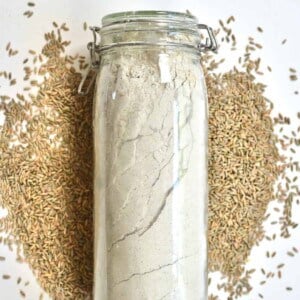
How to Make Rye Four
Equipment
Ingredients
- 1.1 pounds rye grains
Instructions
- Place the rye berries in a blender or seed grinder and grind.
- Sieve the powder to collect larger bits. Grind them again. You may need to do this a third time, but not usually.
- If using a blender then let it run for 40-50 seconds non-stop then sieve and re-blend the larger pieces. When using a blender you will need at least 2-3 cups of the grain, to properly work and cover the blade.
- Transfer to an airtight jar. Whole grain flour won't last as long as version without the whole grain. Keep it in an airtight container ( very important!) in the fridge for 3-4 months. You can also keep it in the freezer for around 6 months.The cold air will slow down the oxidization process, stopping the four from turning rancid too soon. You'll know when it has gone rancid as it will smell unpleasant.

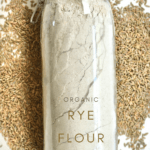
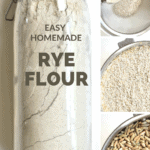
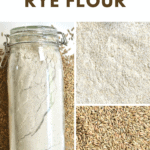
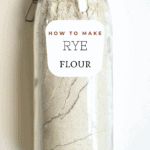
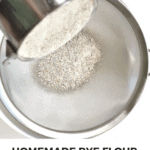
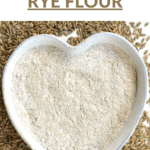
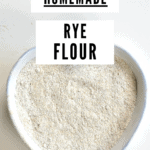
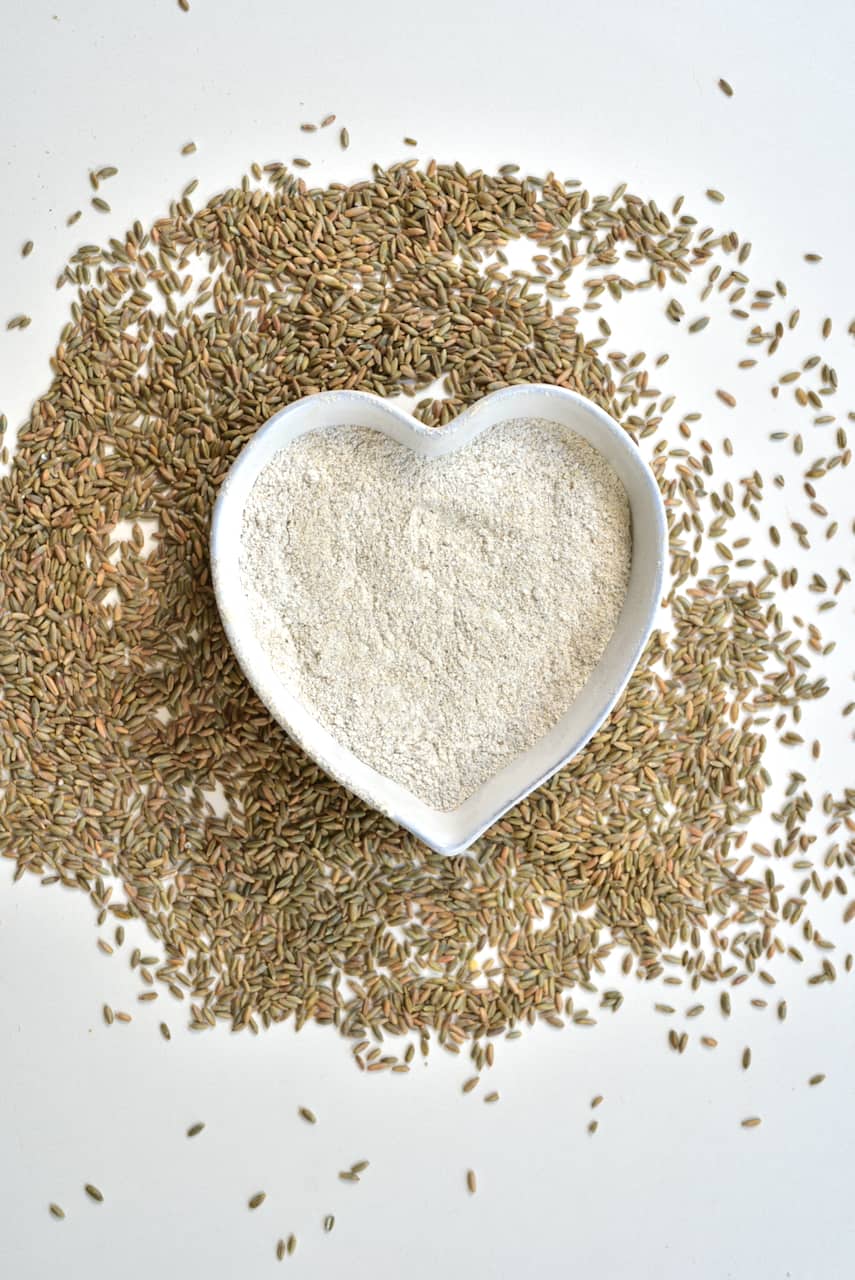
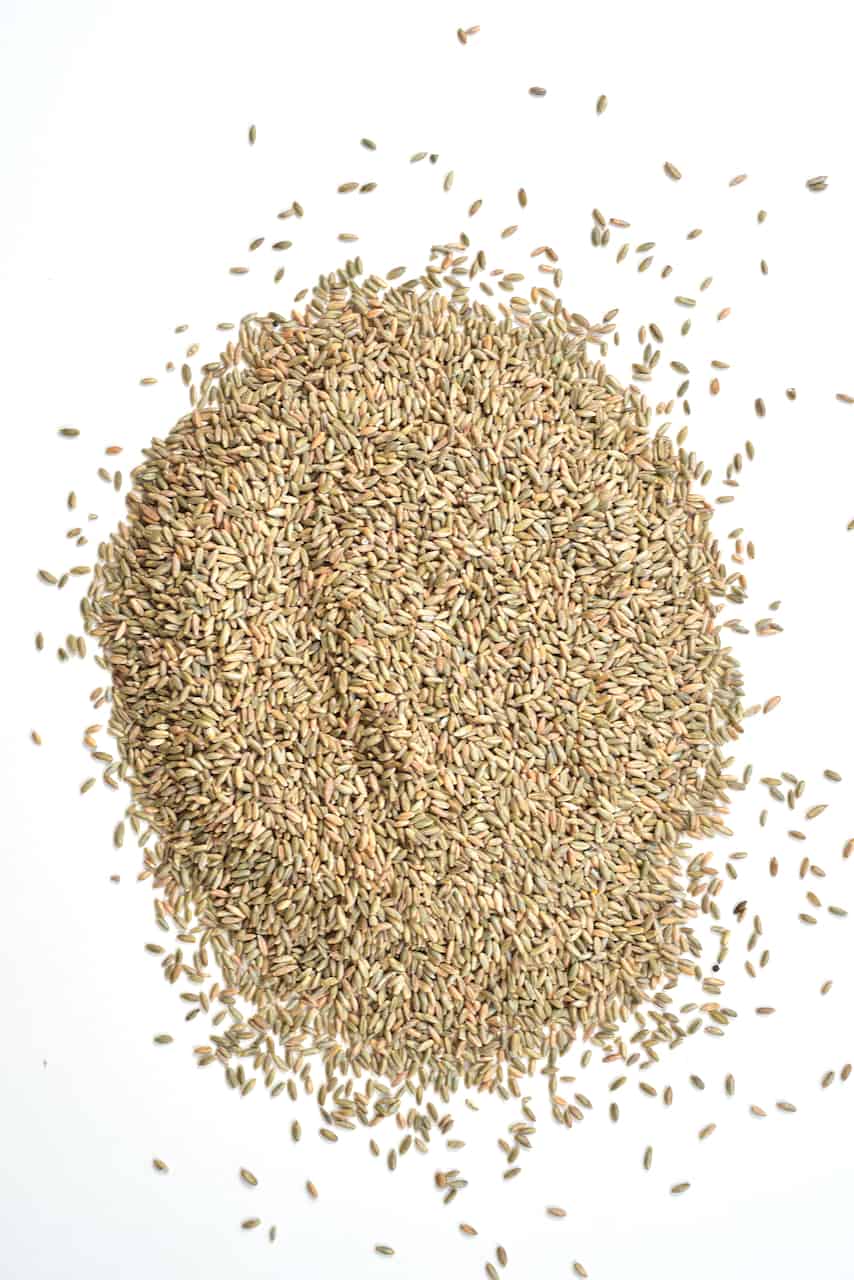
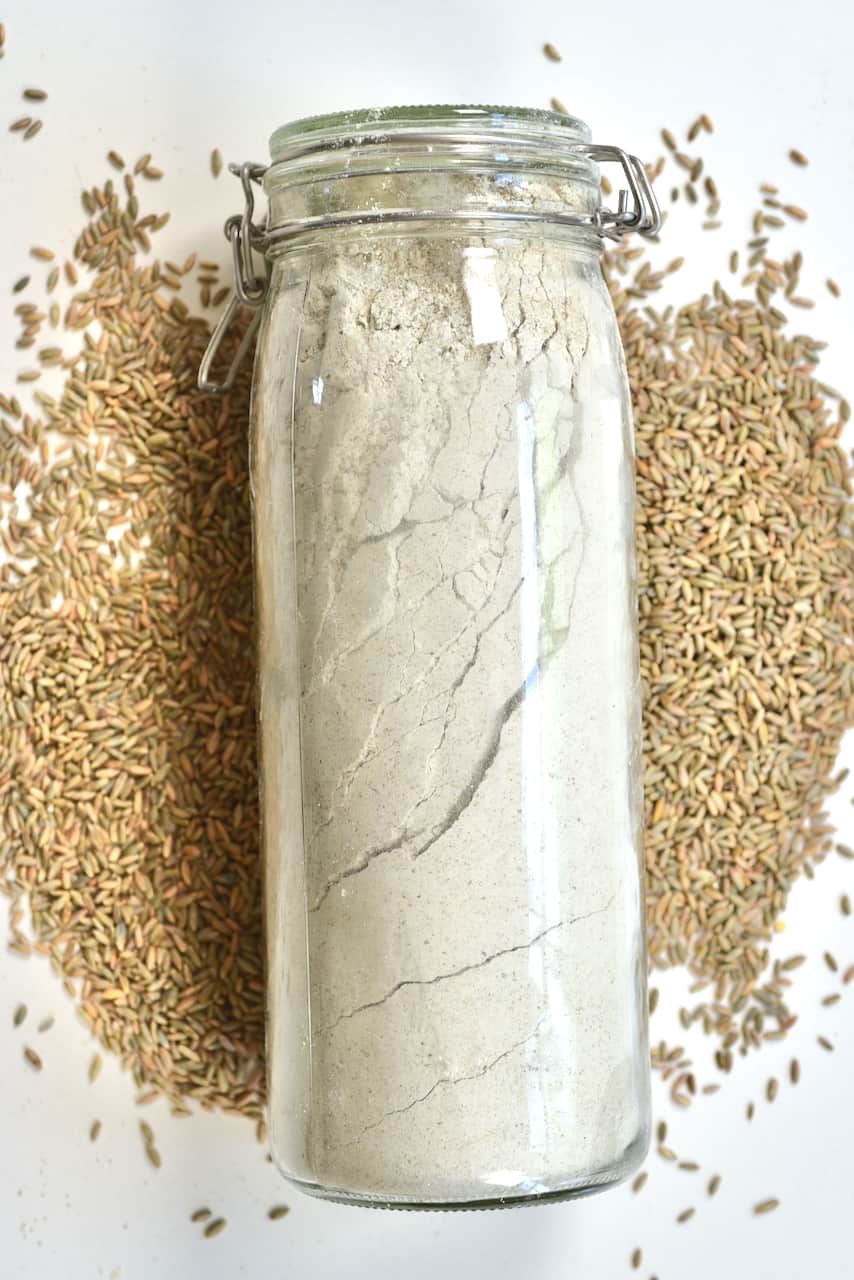
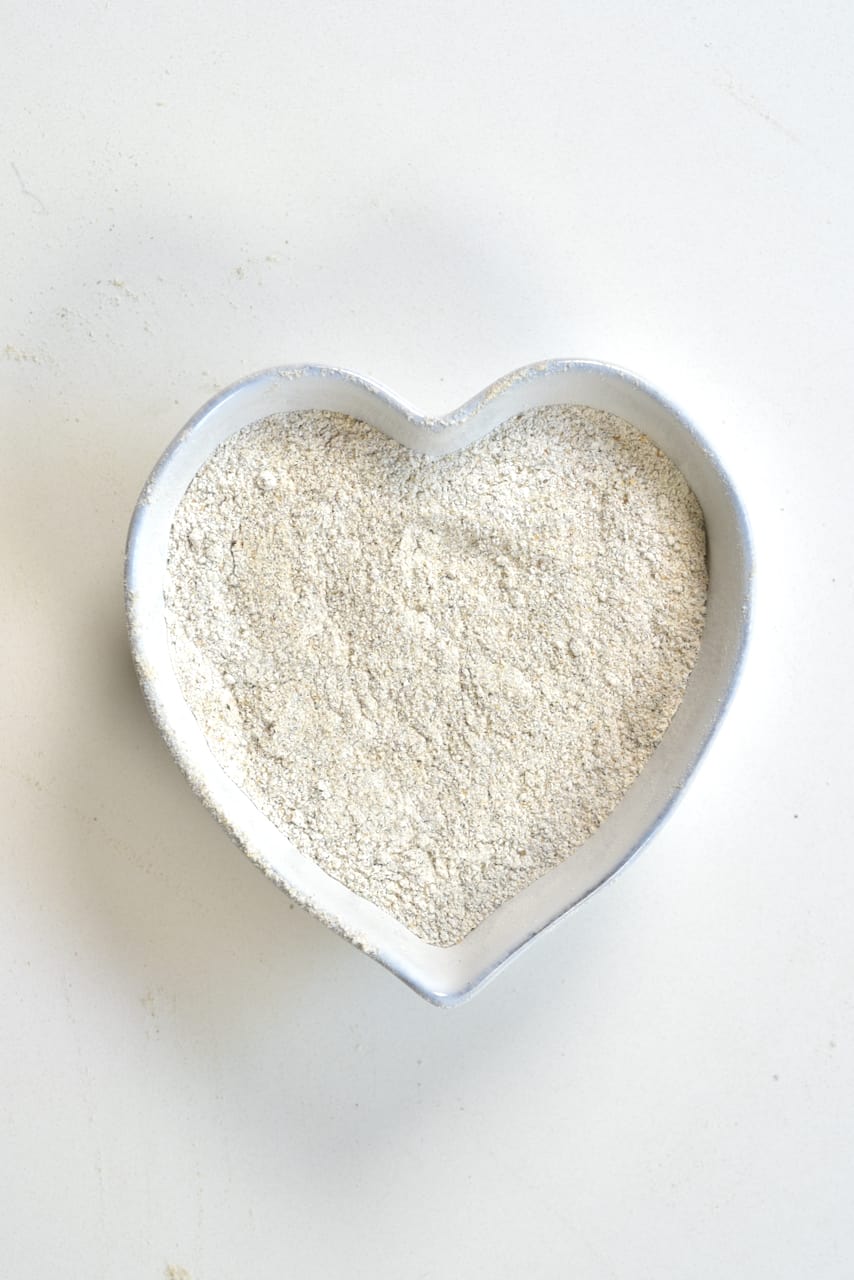
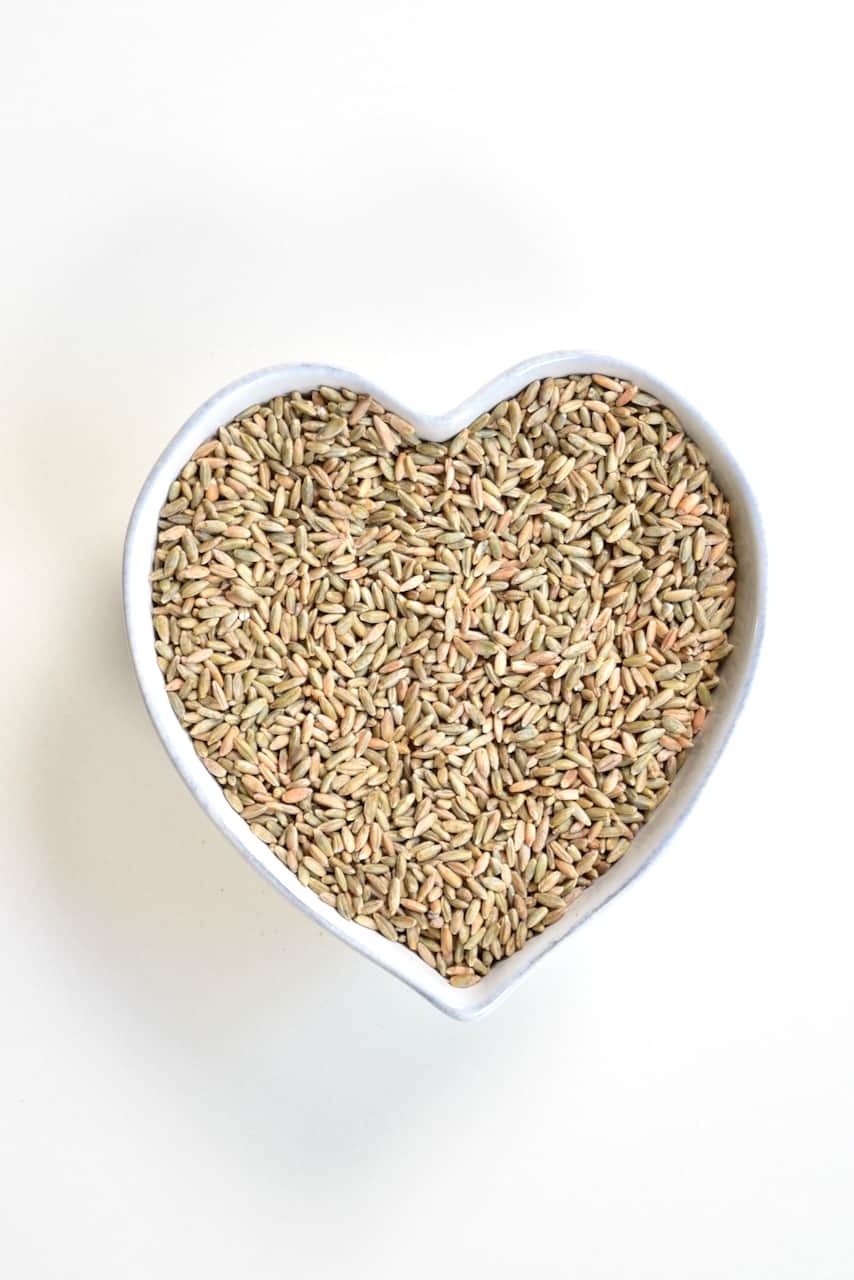
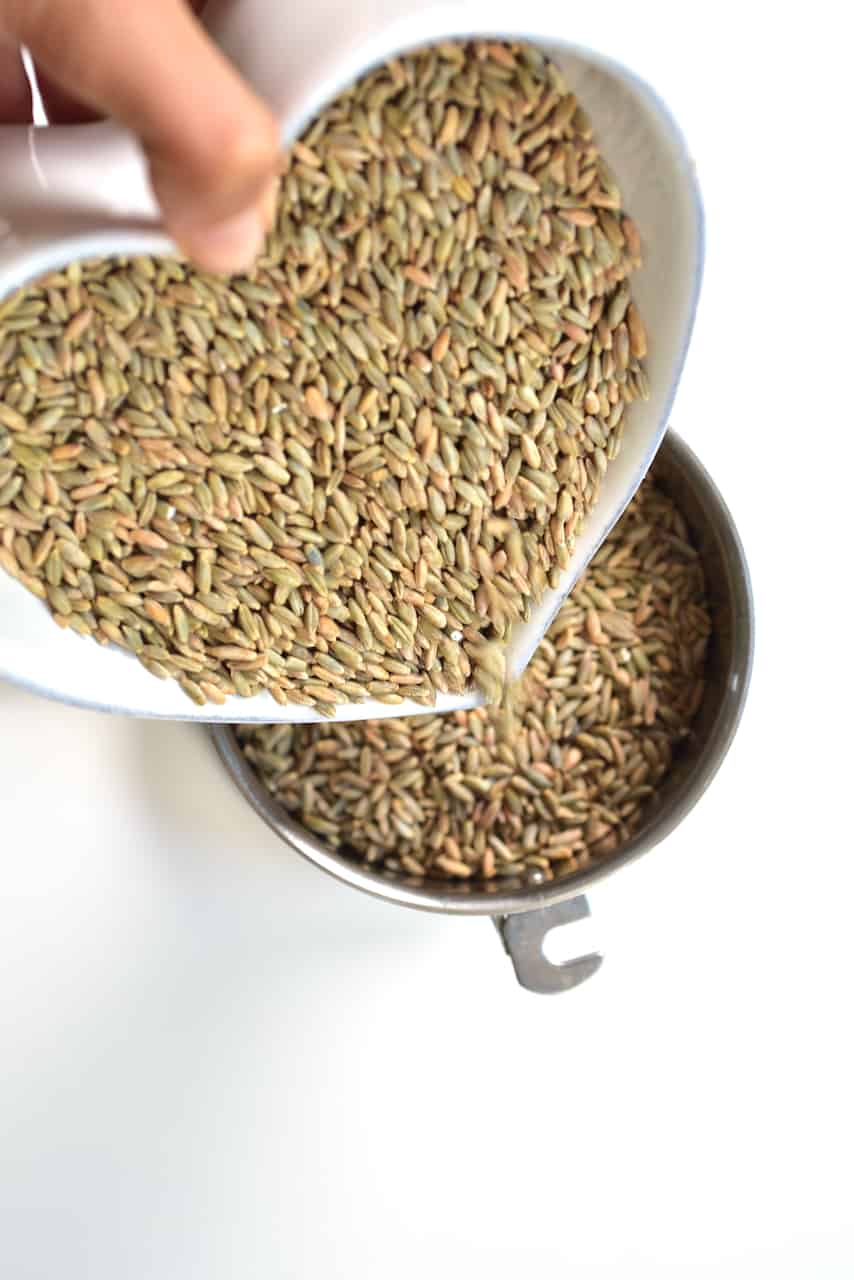
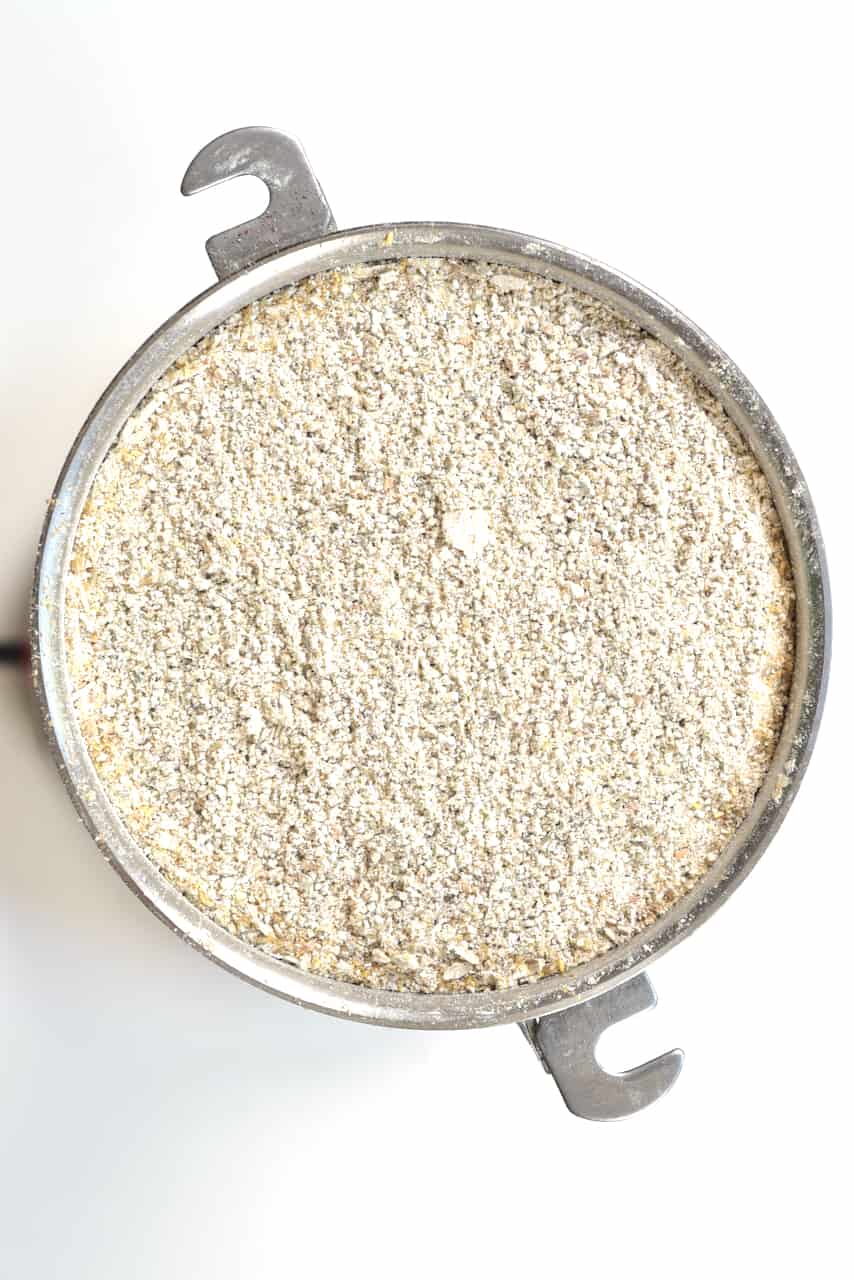
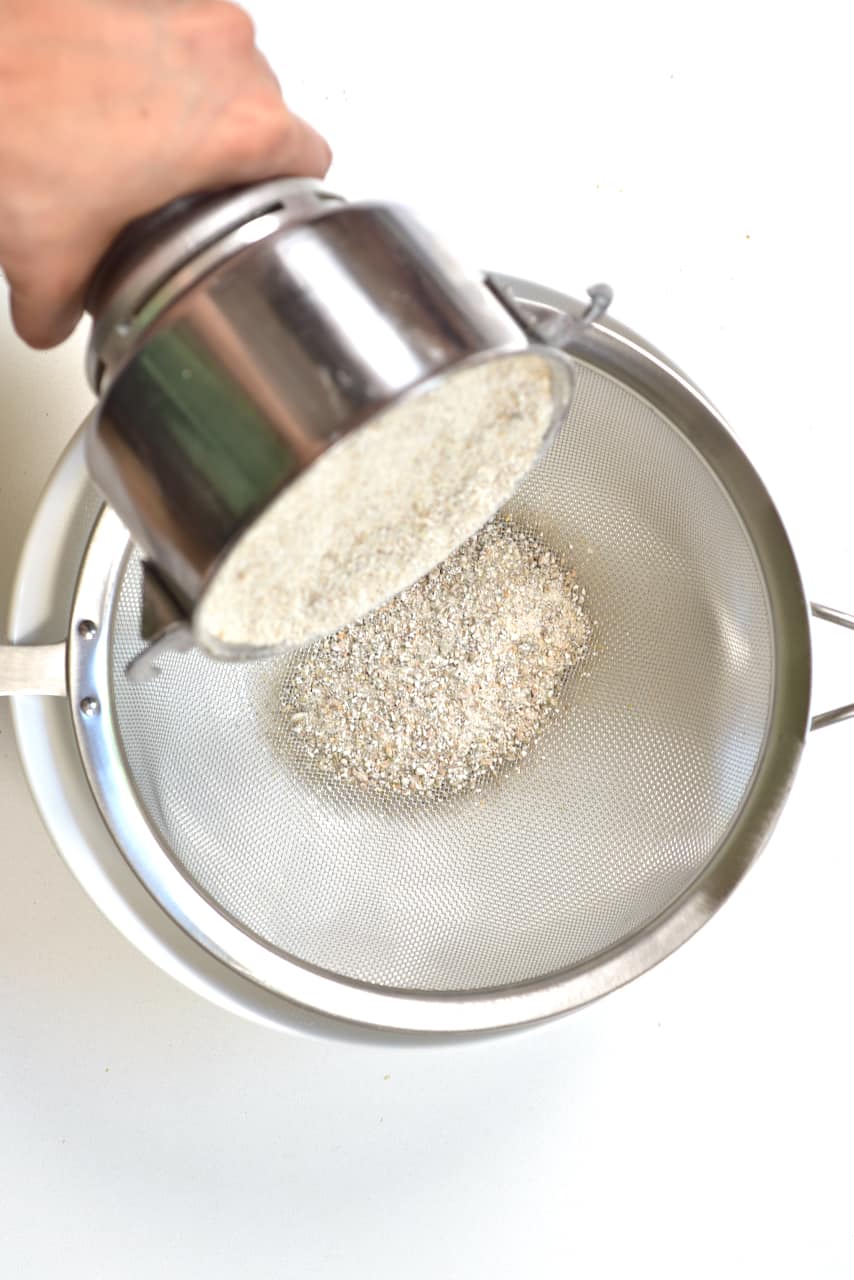
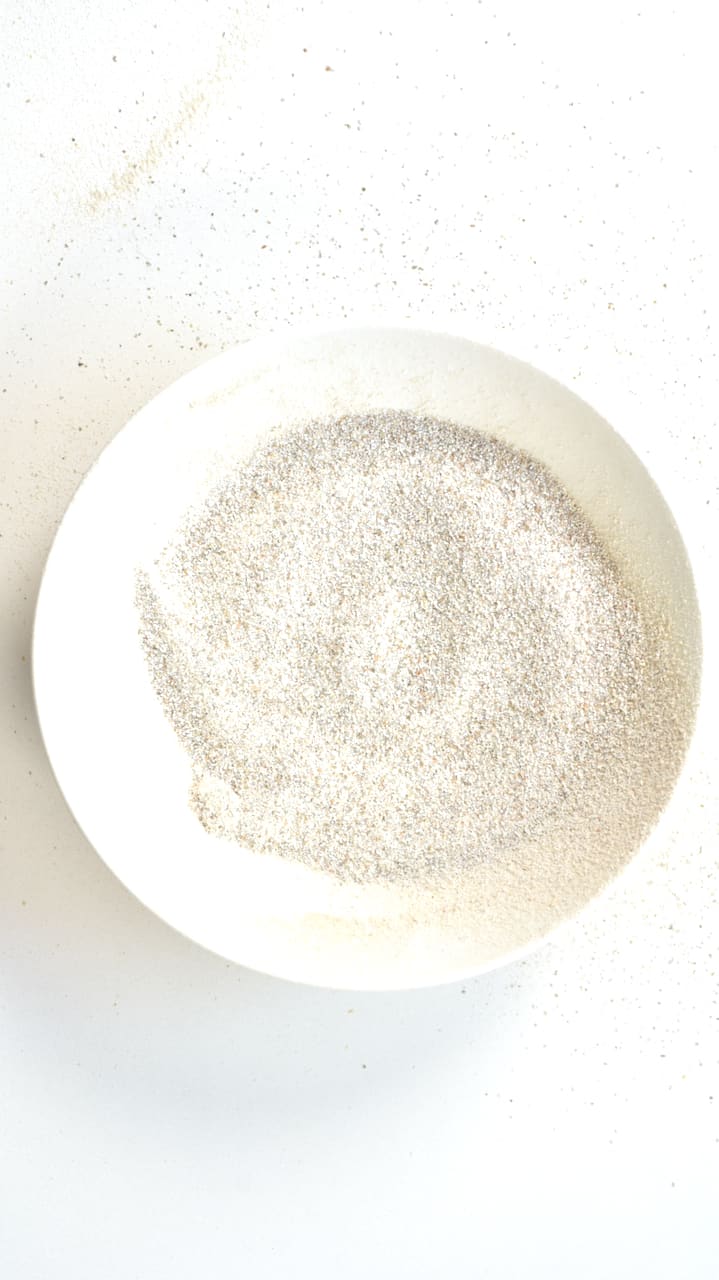
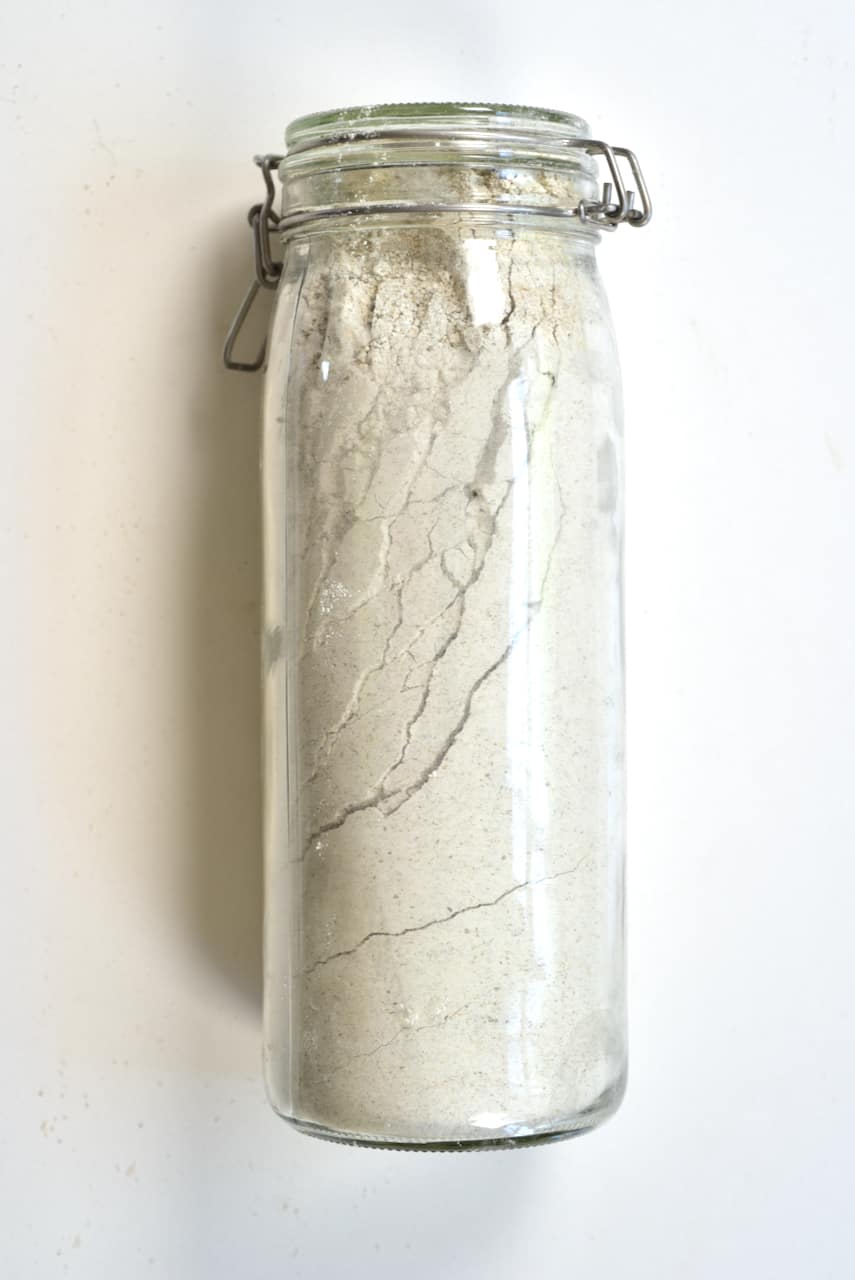
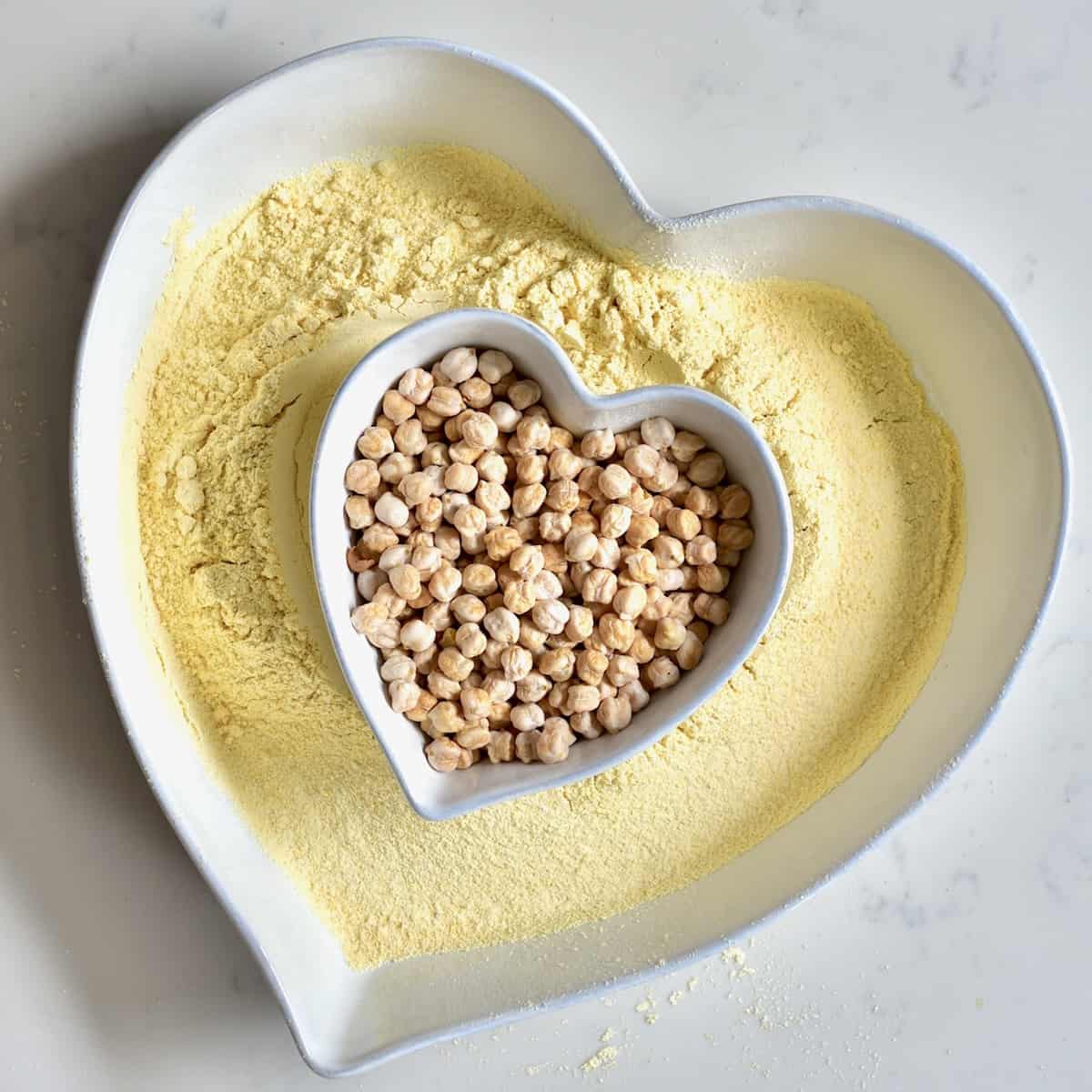
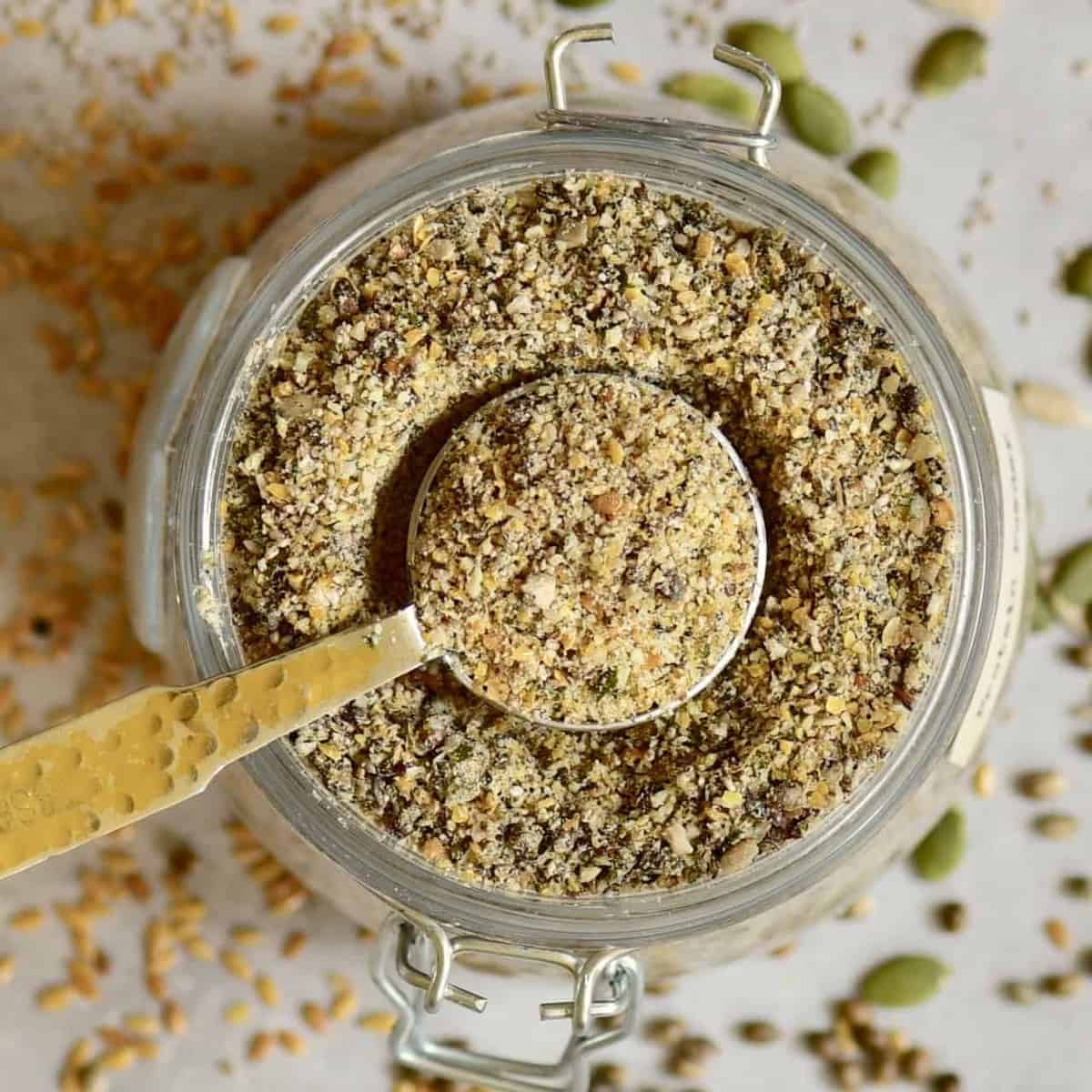
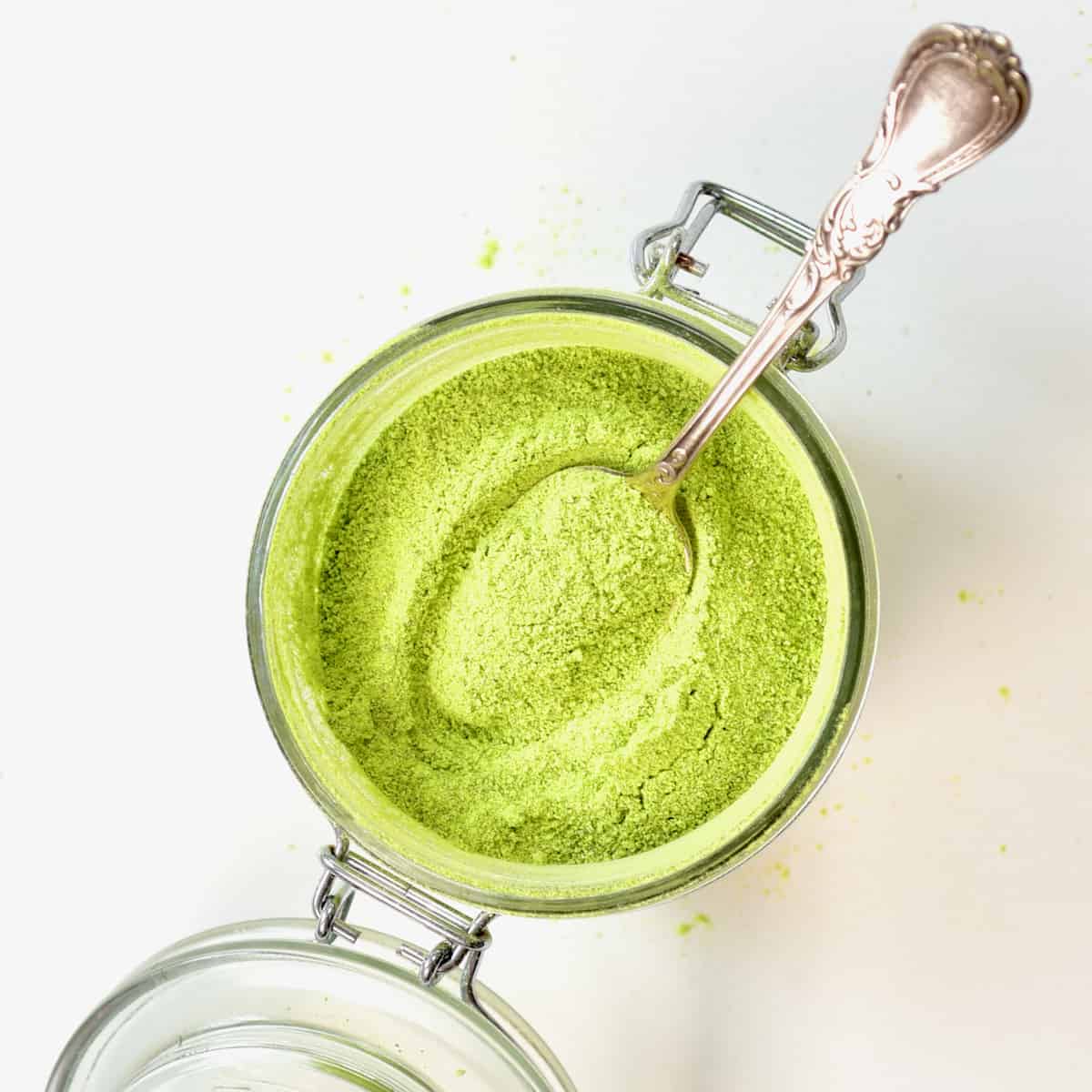
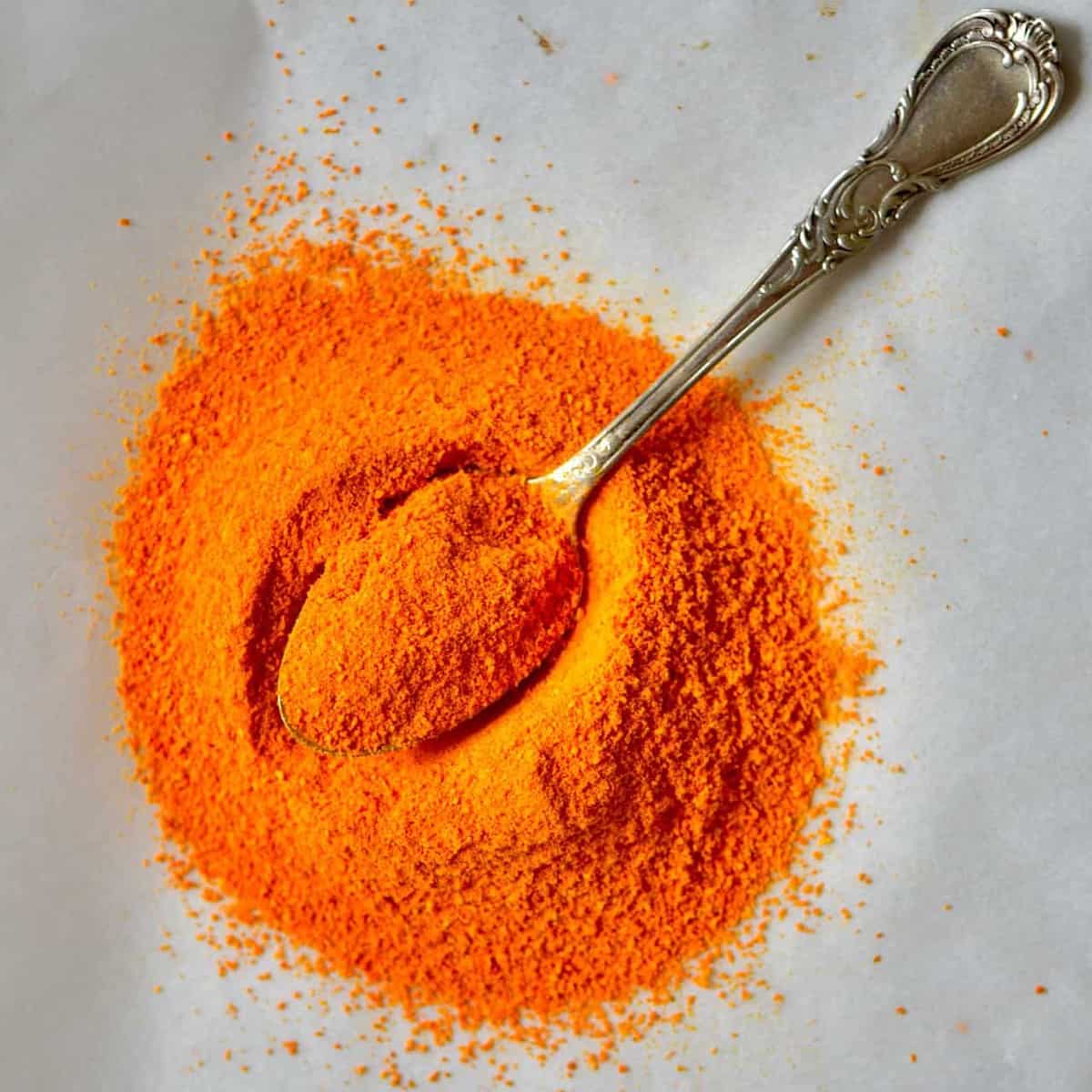
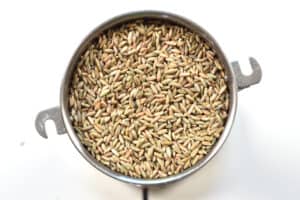
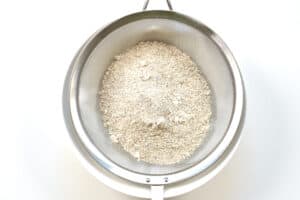
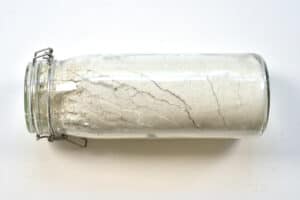









Can you use cooked berries or do they need to be raw?
Hi TamiJo,
They need to be raw to make the flour.
I was hoping there would be a rye bread recipe to get me going today.
(Not sourdough, but basic made from yeast as you stated, I cannot find one).
I just ground the rye berries in an electric mill, on a medium grind, perfect setting, and am excited to make a loaf..share your recipe please… Help!
(….by the way, this is a very informative article.. nice going!)
Hi Deb,
Sorry I haven’t posted yet a recipe that uses rye flour.
Is there a problem using a food processor to turn the rye berries into flour. Thanks
Hi Lynn,
You can use a food processor, of course. When using a blender you might need at least 2-3 cups of the grain, to properly work and cover the blade. You can start with less and see how it goes, and add more if needed. I hope this helps.
Hi, I have just milled my own rye flour to make a sourdough starter. (It’s currently fermenting!) I milled 1kg of berries and ran it through the mill 3 times sifting with a 60 gauge sifter to get some lovely fine flour. I’m now left with about 650g of the larger rye pieces and was wondering if there are any recipes that I could do to use it up. Seems like such a waste of rye berries to end up with just about 350g of flour!!!
Hi Ayshe,
Sorry for the late reply. You can use it in place of wheat flour in multiple recipes, you can make bread, muffins, pancakes, etc.
Hi can i do the same with wheat to get whole wheat flour??
Thank you
Hi Soha,
Yes, the process would be the same using White Wheat Berries – grind into a fine powder, sieve to collect larger bits, and grind again. 🙂
Pretty simple. Thank you for the info.
Hello…
Can we use rye flakes instead of grains, as I have some!
Hi Khadija,
Rye flakes are created like rolled oats – the rye berries are steamed, then rolled and dried. You can use them like rolled oats – add them to baked goods, cook them for porridge, etc. You can also blend them into powder but it will be different from the flour made with rye grains/berries.